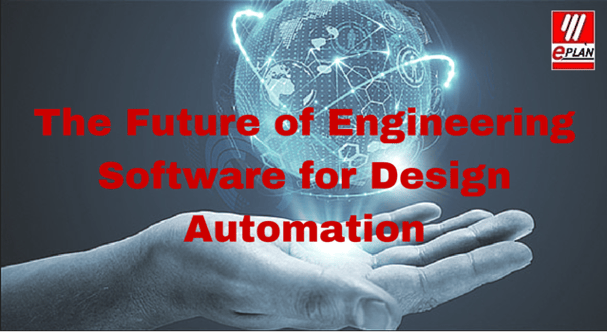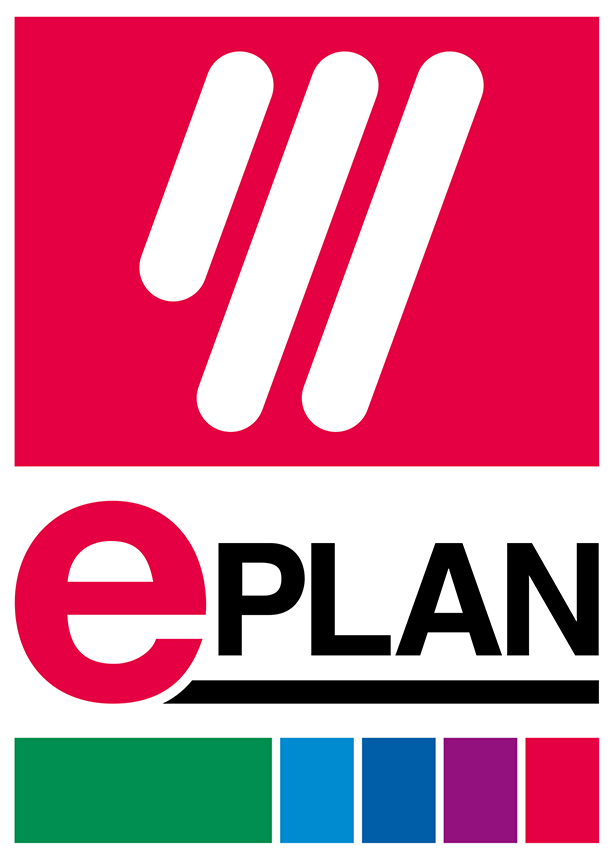
When it comes to design automation, it isn’t too hard to predict what the future will be, because it is already happening.
The Industrial Internet of Things (IIoT) is dramatically changing the manufacturing process. Factories are becoming linked with machines equipped with sensors and software that bring whole new levels of connection to the production line. This is bringing about an operational efficiency that is also fueling innovation.
The future of engineering software for design automation will be dictated by the changes IIoT is bringing to the workplace. Let’s look at what this future is, and how high functioning design software can take the most of advantage of it.
The Connected Factory
When we talk about the connected factory, we’re talking about a networked environment where machine to machine, human to human and human to machine communication is the norm. This connectivity brings fluidity to operations that not just streamlines production, but creates better quality products, while keeping a closer check on production costs. To take advantage of this connectivity, you need specialized software that is built for this type of ecosystem.
SEE ALSO: WHY CREATING A SMART FACTORY MAKES DOLLARS AND SENSE
Comprehensive Database Utilization
Comprehensive organization of data exchange between individual disciplines offers further potential. Development projects begin with an idea and finish in the production of a product. This process involves different disciplines. Efficient engineering software, built with IIoT in mind, sits on top of a company’s database to guarantee that all project data and information relevant to the project with the data transparently available at all times to all staff involved in the design process.
This real time data exchange offers many advantages to production such as the online transfer of documentation. Revisions and changes made to project planning at short notice are populated automatically throughout the documentation. For example, PLC programming can be used to place software development on the allocation list of the electrical design and transfer changes back to the electronic documentation.
Interdisciplinary Collaboration
With the right software in place, this connectivity allows for collaboration among engineering disciplines and others in the production team that takes down the silos that used to exist and allows for cohesive functionality between these disciplines.
This synergistic approach brings all stakeholders in a project together, allowing them to collaborate on a design project, in real time, and determine the best way to perform the operations and address the customer needs collectively.
Because a project often has global reach, high functioning software can break down boundaries through translation and other tools that allow for communication between diverse engineering cultures and differing workflows.
Over time, this level of collaboration leads to greater levels of efficiency, less redundancy, cost savings and greater innovation.
Process Optimization
By having software that is aligned with your data, connects all parts of the production process and allows interdisciplinary collaboration, you can have a more robust creation environment. For example, you can create a library of reusable machine and system parts, along with the associated project documentation. By determining reusable system parts or project components, along with their respective documentation, such as circuit diagram macros or PLC program components, a pool is created, considerably reducing project planning overheads, and simplifying production while improving engineering quality. This allows for faster and more efficient product design and build that cut costs and provides quicker to market capabilities.
IIoT offers near limitless potential to improve the production process. With the right software, designed for the connected factory that takes advantage of the power of data, companies can realize a real competitive advantage. Those that don’t risk being left behind.




